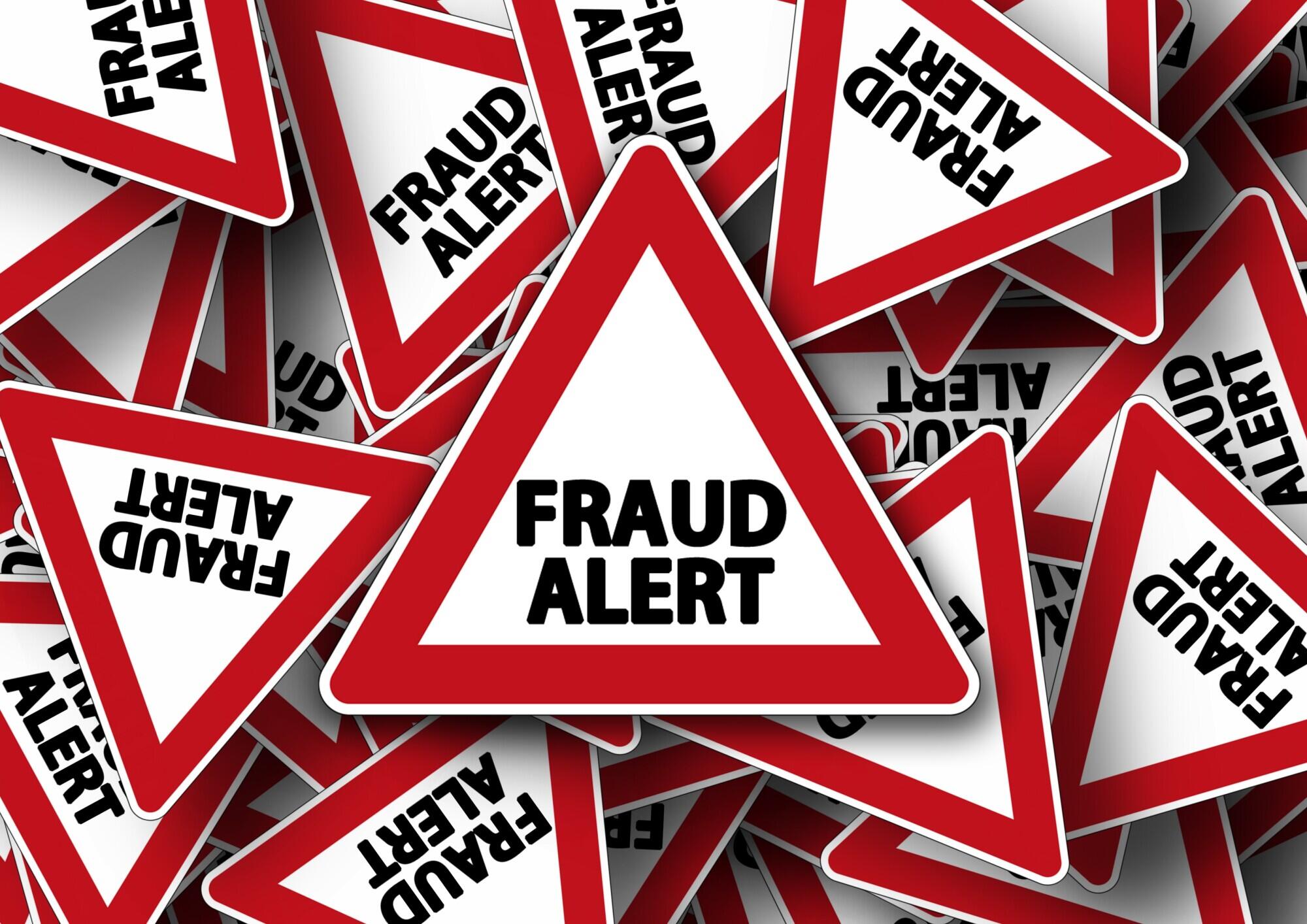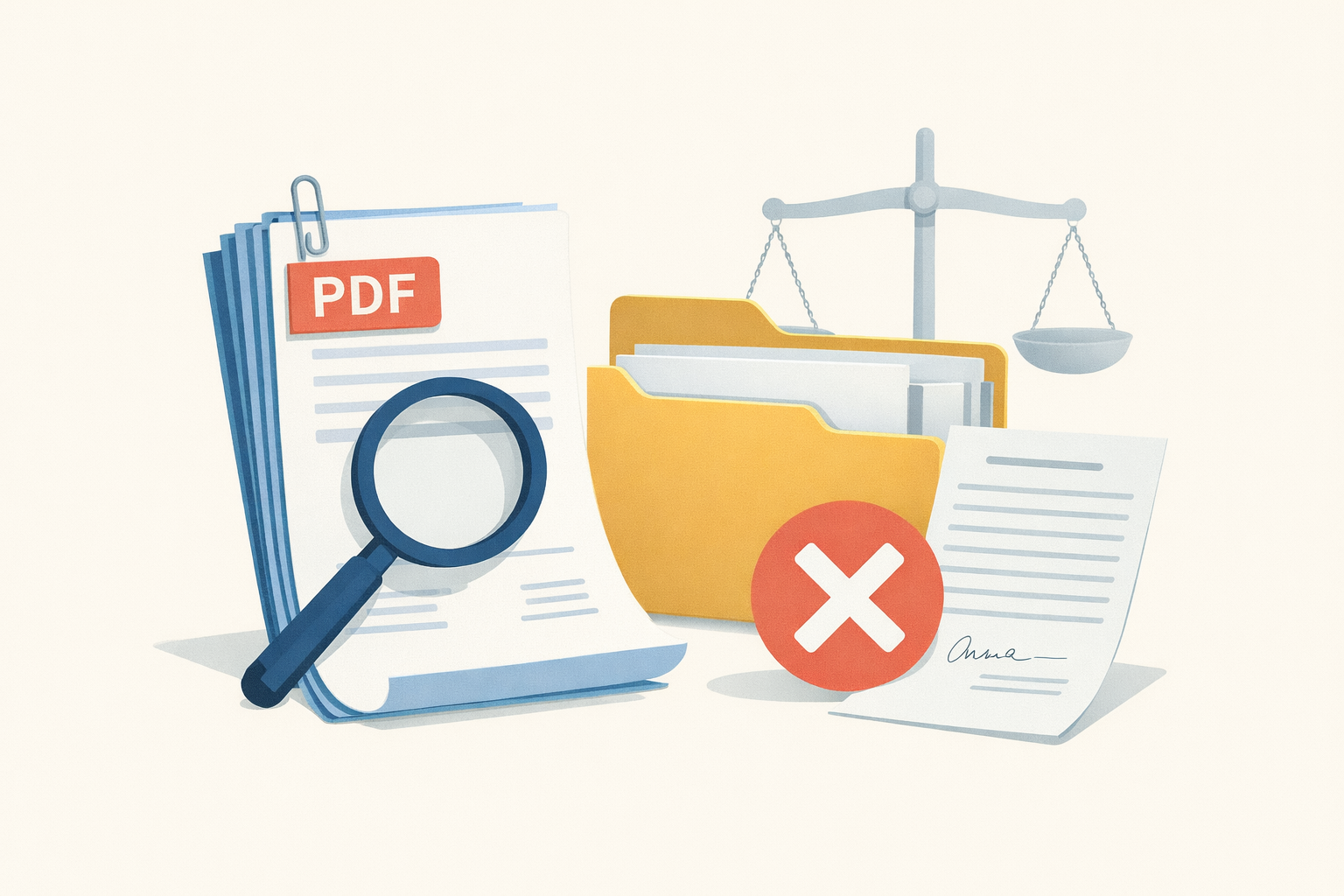A merger or acquisition can be a pivotal moment in a company’s evolution. But if you think you can skip right to popping open the Dom and exercising your vested shares once all deal terms are set, think again. There is still a significant hurdle your company may need to hop through under the Hart-Scott-Rodino Antitrust Improvements Act (HSA): those pesky second requests.
Second requests, we’ll admit, pack a lot of punch. But they don’t need to be daunting. By having a good understanding of how to handle them and strategically using your eDiscovery tools, you can master second request document review and money dance your way into your company’s next chapter.
Second Requests Explained
So what are second requests, and how do they fit into the M&A process?
To understand the role second requests play within the scope of mergers and acquisitions, let’s briefly walk through how pre-merger reviews typically operate. Fortunately, you won’t need to pore through too many case law searches and treatises to get the gist.
Under the HSA, most companies that plan to transfer voting-right shares usually follow the following path for pre-merger review:
- M&A parties notify and file their proposed transaction with both the FTC and DOJ if it’s valued at more than $92 million, subject to some exemptions.
- In response, one of the two agencies will spearhead the rest of the review process based on their internal experience with the type of transaction at issue.
- Afterwards, M&A parties must wait up to 30 days for the presiding agency to perform a preliminary review of the transaction and assess its potential anti-competitive impacts.
- The agency in charge can then either terminate the waiting period early or allow the waiting period to lapse. Most transactions, the FTC notes, follow this path.
However, there is a third option the agencies can pursue if they need more information to assess the transaction. This option, found in 15 USC §18a(e), is where second requests come into play.
Broken down, second requests and second request document review are similar to requests for production in discovery for civil litigation, albeit with an antitrust bent. The DOJ Model Second Request, for example, spans 19 pages and 39 mandatory and optional questions and subparts.
Similarly, the FTC Model Second Request is 25 pages long and consists of 30 questions with numerous subparts and definitions. Some of the most commonly-requested documents in these requests include, but are certainly not limited to:
- Organizational charts and data maps
- Information and data about the entity’s facilities
- Financial data and pricing strategy information
- Documents showing the benefits and drawbacks of the transaction under review
- Database and data set descriptions that store internal company information
Main Challenges From Second Requests
Unlike production requests in civil litigation, second reviews are often more intrusive. For example, the FTC recently clarified that its definition of the phrase “all documents,” which it uses across its FTC Model Second Request Form, goes beyond emails and PDFs. It can also include data on Google Suite, Microsoft 365, and other collaborative platforms. Text messages and even Slack conversations are also fair game.
While FTC and DOJ staff must negotiate with parties the scope of their second requests, parties don’t have wide-ranging leverage to contest these requests. Parties also cannot unilaterally withhold information without prior agency approval. The FTC warns that doing so can invite “unwelcome consequences.” However, companies can submit full privilege logs for agency review.
How Companies Can Address Second Request Document Review
If mishandled, a second request for production of documents can put a severe damper on your company or client’s ability to move forward with M&A transactions.
Second requests not only pause the statutory pre-merger waiting period, but also put you at risk for additional 30-day extensions from the date you certify compliance. The FTC is also not afraid to initiate litigation where it sees fit; it recently filed suit against Nvidia Corporation to challenge its $40 billion merger with UK chip design provider Arm Ltd.
Companies that don’t have solid procedures for accessing and organizing ESI will face massive time and cost disadvantages, and can risk up to millions in fines for severe offenses.
From an ESI management and discovery perspective, there are several ways that companies can address second request document review in cooperative, compliant ways. Preparing in advance, and effectively utilizing your eDiscovery tools in compliance with agency approvals, is vital to mastering these approaches.
Some strategies you can try include:
- Working Off DOJ and FTC Model Second Request Templates. Even if your organization does confront a second request, you will have the benefit of reviewing two helpful cheat sheets in advance. Each agency’s templates can help you organize your collection efforts, locate key custodians, and engage in proactive data collection and retrieval throughout the M&A process through strategic custodian identification, document uploads, and ongoing document tagging.
- Taking Advantage of the FTC’s Voluntary Submissions Procedure. Parties can leverage this option either in conjunction with or before they file their initial HSR submissions. Submitting marketing plans, product and competitor lists, market share data, organizational charts, data maps, labor market and cross-market impact data, and competition incentives tied to investment firm involvement can all help at this stage.
Second request document review features of tools like Logikcull can help you issue legal holds to custodians and tag ESI in ways that enable your in-house and outside counsel to identify and categorize potentially responsive documents for further review and production.
- Proposing “Quick Looks” to Resolve Specific Issues. In a “quick look,” your company would submit a sample group of core documents the FTC or DOJ consider key for resolving specific anti-competitive issues and theories. The agency in charge would then spend a short period reviewing these materials and assess the propriety of making second review determinations and suspending further second review document production.
You can use your eDiscovery platform’s search and filtering features to expedite your hunt for “quick look” documents.
Say, for example, the FTC is requesting documents covering your company’s non-fungible token (NFT) endeavors. In Logikcull, you can use a caret (^) and a high-value boost number after your target keyword to locate documents emphasizing that keyword.
The search term NFT^8 report, therefore, will single out reports that heavily feature the word “NFT.” You can also use Logikcull’s filter carousel to narrow your NFT document searches by date range, responsiveness, file extension, and countless other factors. Sadly, you won’t find an actual NFT this way. However, these features are among the many advanced search shortcuts Logikcull’s platform offers.
Second reviews are undoubtedly one of the more daunting aspects of the M&A process. Even though the types of documents relevant to a second review can be vast, the FTC and DOJ recognize the role eDiscovery tools can play in locating responsive records for second requests.
Through the right tactics and technology, second reviews do not need to be as intimidating as they may appear at first glance.




